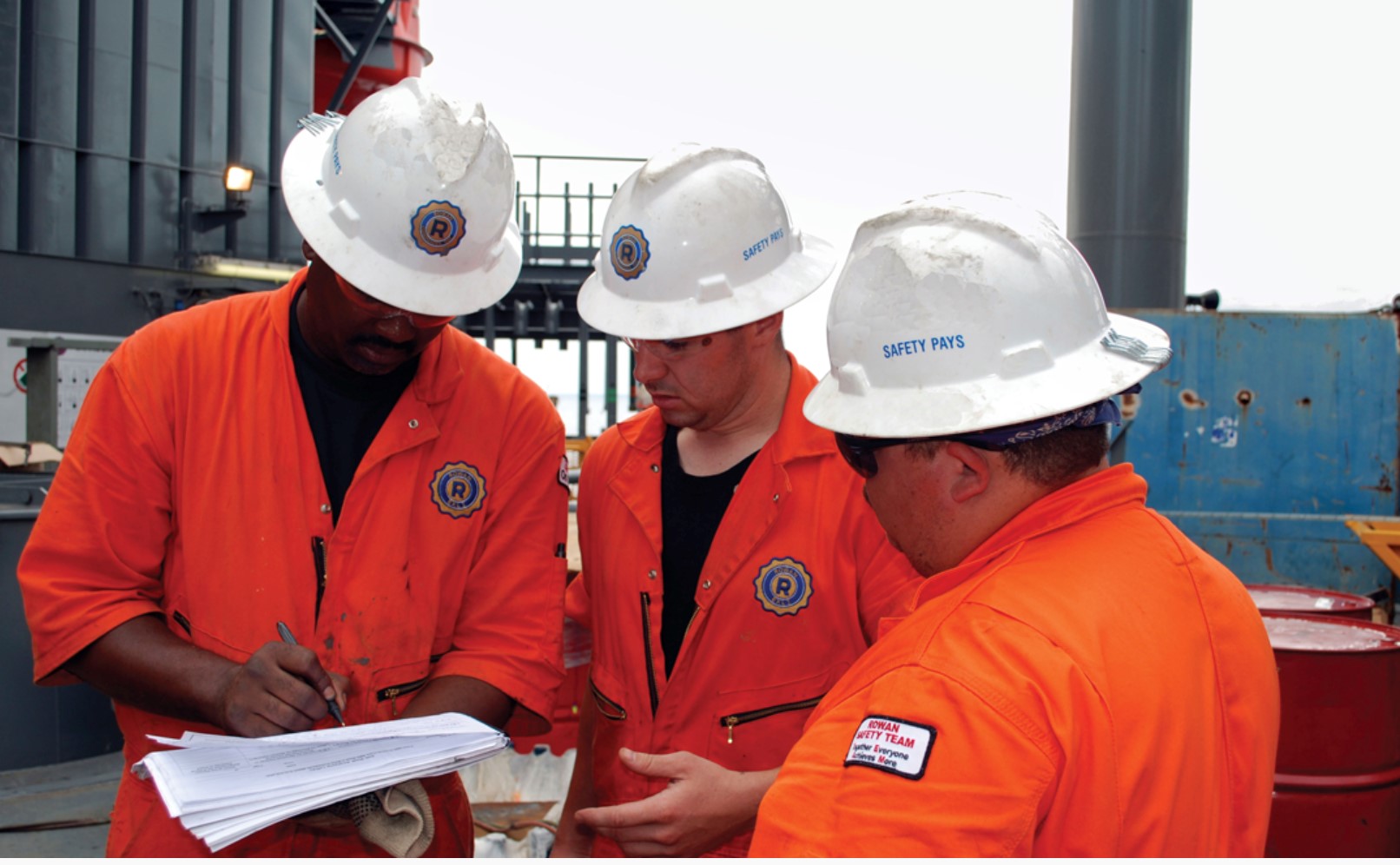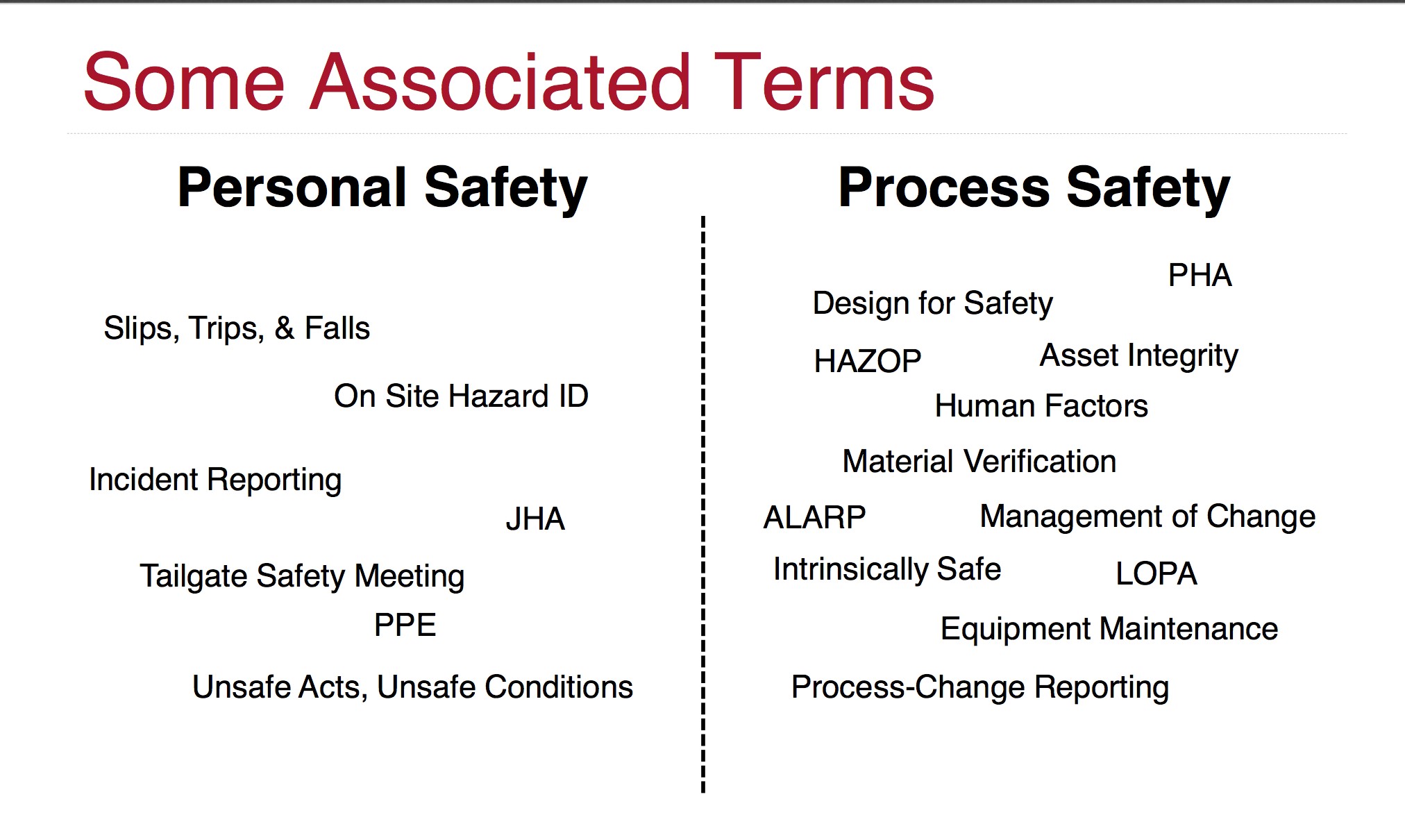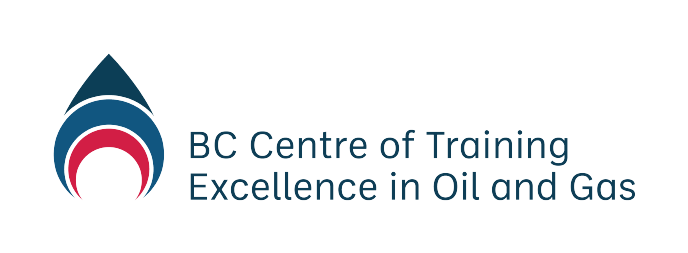-
Module 2.0 How to be Successful in this Course
-
Module 2.1 Introduction to Natural Gas
-
Module 2.2 The Natural Gas Industry in British Columbia
- Overview
- Learning Outcomes
- Natural Gas Science – The Simple Version
- Natural Gas Science – Chemistry
- Natural Gas Science – Physics
- Natural Gas Science – Units of Measurement
- Natural Gas Science – Geology
- Natural Gas Resources and Uses
- Oversight of the Natural Gas Industry
- Understanding Land Rights and Natural Gas
- Energy and the Future
-
Module 2.3 Upstream – Well Site Selection, Preparation and Drilling, Completion, Production, Water Recycling, and Reclamation
- Learning Outcomes
- The Upstream Sector – Extraction and Processing
- The Upstream Sector – Exploration and Site Selection
- The Upstream Sector – Preparation and Drilling
- The Upstream Sector – Completion
- The Upstream Sector – Production
- The Upstream Sector – Water Recycling
- The Upstream Sector – Reclamation
- Upstream Companies and Jobs in British Columbia – Companies
- Upstream Companies and Jobs in British Columbia – Industry Associations
- Upstream Companies and Jobs in British Columbia – Professional Associations
- New Vocabulary
-
Module 2.4 Midstream – Transportation, Processing, Refining
- Learning Outcomes
- The Midstream Sector
- The Midstream Sector – Processing Natural Gas
- The Midstream Sector – Liquefied Natural Gas
- The Midstream Sector – An Emerging Industry
- The Midstream Sector – Processing LNG
- The Midstream Sector – Proposed LNG Projects in British Columbia
- Transportation
- Midstream Companies and Jobs in British Columbia
-
Module 2.5 Downstream – Refining and Markets
-
Module 2.6 Health and Wellness in the Natural Gas Industry
-
Module 2.7 Safety
-
Module 2.8 Terminology and Communication
-
Module 2.9 Jobs and Careers
- Learning Outcomes
- Industry Outlook
- Technology is Changing Workforce and Skills
- Employment in the Natural Gas Industry
- Employment in the Natural Gas Industry – Types of Employment
- Employment in the Natural Gas Industry – Range of Jobs
- Employment in the Natural Gas Industry – High Demand Jobs and Occupations
- Occupational Education and Training
-
Module 3.0 How to be a Valued Employee
-
Module 3.1 Identifying Interests and Skills
-
Module 3.2 Looking for Employment in Natural Gas
-
Module 3.3 Applying for Employment in Natural Gas

What is process Safety?
Process Safety is different from Personal Safety. While definitions vary, one simple way to think of the difference is:
- Personal safety is focused on keeping people safe in the workplace
- Process safety is focused on the integrity of the industrial processes.
Alternatively, a more complete definition is:
- Process safety is a blend of engineering and operations management skills focused on preventing catastrophic accidents and near misses, particularly structural collapse, explosions, fires, and toxic releases associated with loss of containment of energy or dangerous substances such as chemicals and petroleum products. These engineering and operations management skills exceed those required for managing workplace safety.
Process safety and personal safety are equally important
Figure 5: Personal and Process Safety, Energy Safety Canada (formerly ENFORM)

![]() PowerPoint Presentation 1: Process Safety vs Personal Safety
PowerPoint Presentation 1: Process Safety vs Personal Safety
This PowerPoint slide show was developed by Energy Safety Canada (formerly ENFORM), the Safety Association for Canada’s Upstream Oil & Gas Industry. It presents the differences between personal safety and process safety.
Video 7: Committed to Safety: Learning together as leaders in the oil and gas industry (04 minutes, 12 seconds)
![]()
Video 8: Stupidity at The Workplace – (Bad & funny habits on the job – death and injury factors at work)
(03 minutes, 30 seconds)
Video 9: CSB Safety Video: Anatomy of a Disaster (55 mins, 33 secs)
This video highlights the importance of process safety by telling the story of one of the worst industrial accidents in recent U.S. history-the March 23, 2005 explosion at the BP Refinery in Texas City, Texas which killed 15 workers and injured 180 others.
Video 10: Animation of Fire at Chevron’s Richmond Refinery, August 6, 2012 (08 minutes, 14 seconds)

Video 11: Blowout in Oklahoma, January 22, 2018 (21 minutes, 19 seconds)

Learning Activity 6: Process and Personal Safety News Report
This learning activity will help you become more familiar with different aspects of process and personal safety. It involves working in a group to prepare a news report that you will give to the class about a topic relevant to process safety or personal safety.
Instructions
- Divide into groups.
- Select a safety topic from those discussed in PowerPoint Presentation 1 or videos 7, 8, 9, 10 and 11, or another safety topic that the group thinks is important.
- Prepare a 7-10-minute news report about the most important things your group thinks British Columbians should know about the chosen safety topic.
- Select a “reporter” from the group to present the news story to the class.
- Present the news report to the class.
